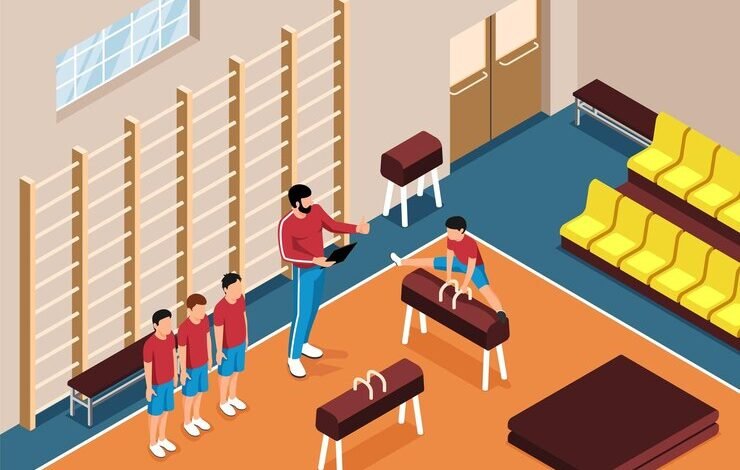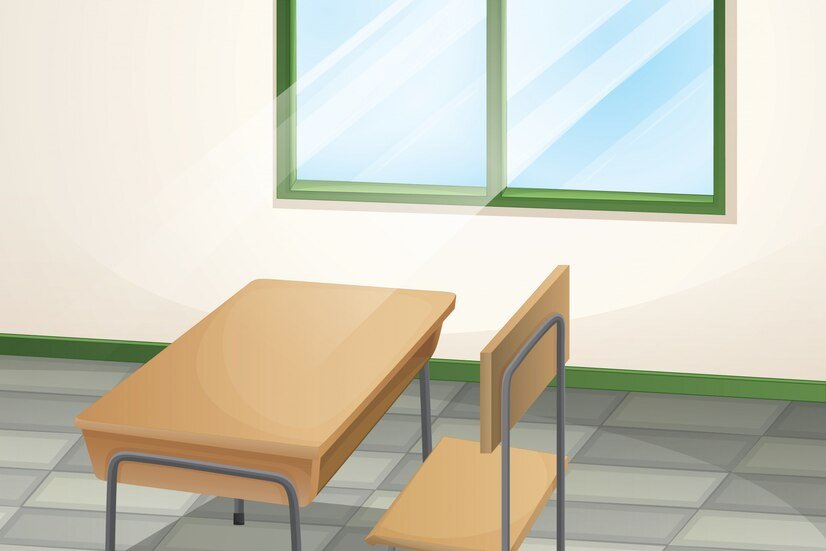How to Set Up Mat Classroom for Optimal Learning

Creating an Environment that Inspires Success
A well-organized classroom is more than just aesthetically pleasing—it’s a foundational element of effective teaching and learning. For young learners, the classroom environment plays a pivotal role in fostering creativity, collaboration, and engagement. One often-overlooked yet highly impactful tool in classroom design is the use of mats. When you properly zet up mat classroom, you can create a versatile, comfortable, and organized space that caters to students’ diverse needs.
This blog will guide you through the key steps to transform your classroom using mats, from choosing the right materials to maximizing their creative and educational potential. We’ll also provide practical maintenance tips to ensure your classroom remains inviting and productive for years to come.
Step 1: Selecting the Right Mats for Your Classroom
The type of mat you choose can make or break your classroom setup. With various options available, here are some important factors to consider:
1. Durability
Classroom mats endure high foot traffic, spills, and constant wear-and-tear from activities. Look for mats made from durable materials like rubber or high-density foam that can withstand daily use. Investing in quality mats will save you from frequent replacements.
2. Comfort
Comfortable mats contribute to longer-lasting focus and engagement in young learners. For spaces like reading corners or nap areas, plush or cushioned mats work best to create a cozy environment. Anti-fatigue mats are also great for spots where children will remain seated or kneeling for extended periods, such as circle time.
3. Ease of Maintenance
Cleaning and upkeep are crucial in a classroom filled with kids. Mats with waterproof surfaces or stain-resistant coatings are easier to clean, which ensures your classroom stays hygienic. Many manufacturers now offer mats that can be wiped clean or even machine-washed for convenience.
Additional Tip:
For eco-conscious educators, there are many sustainable mat options made from recycled or natural materials. These can align with your school’s green efforts while providing the same level of functionality.
Step 2: Designating Learning Zones with Mats
One of the most creative ways to organize your space is to use mats to define distinct learning zones. Not only does this maximize the functionality of your classroom, but it also encourages children to transition smoothly between activities.
1. Reading Corners
Create inviting reading nooks with soft and colorful mats. Pair these with bean bags, throw pillows, or a small bookshelf to turn the area into a cozy escape where kids can immerse themselves in books.
2. Play Areas
For active learning or free play, use mats with vibrant colors and patterns to energize the space. Foam puzzle mats are great here as they can double as an interactive tool for younger learners.
3. Circle Time Spaces
A large round rug or circle mat is ideal for group discussions or storytime. Mats can also serve as visual boundaries for each child to sit within, making it easier to maintain order and focus.
4. Art and Craft Zones
To protect your floors from paint and glue mishaps, heavy-duty rubber mats or plastic-coated mats are perfect for art and craft areas. These mats are easy to clean and help designate messy zones within the classroom.
By assigning a specific purpose to each mat-covered area, you can instill structure while keeping students engaged in their surroundings.
Step 3: Incorporating Mats into Lesson Plans
Classroom mats aren’t just functional—they can also add an engaging, hands-on element to your lessons! Here are creative and educational ways to incorporate mats into your teaching:
Interactive Games
Use foam alphabet mats or number mats during literacy or math lessons. For example, kids can hop from letter to letter to spell out words or solve equations by jumping on the correct numbers.
Physical Activities
Mats create a safe surface for movement-based activities like yoga, stretching, or indoor sports. They encourage kids to be active while minimizing the risk of injury.
Group Assignments
For collaborative tasks, assign a specific mat to each group. These designated zones help students stay focused on their team activities.
Sensory Exploration
Textured mats can be introduced for sensory play, which is especially beneficial for young learners or special education classrooms. Sensory mats may include tactile elements like raised bumps, grooves, or velvety surfaces.
By integrating mats into various activities, you create an interactive and stimulating learning environment where every child thrives.
Step 4: Maintaining and Cleaning Classroom Mats

To ensure safety and hygiene in your zet up mat classroom, regular maintenance of mats is essential. Follow these tips to keep your mats in top condition:
1. Establish a Cleaning Schedule
Wipe down mats daily, especially in high-contact areas. For deeper cleaning, follow the manufacturer’s instructions, which may involve vacuuming, washing, or steaming.
2. Use Non-Toxic Cleaners
Opt for child-safe cleaning products to avoid exposing students to harmful chemicals.
3. Replace Worn-Out Mats
No matter the quality, all mats have a lifespan. Check for wear and tear regularly, and replace any mats that show significant signs of damage to ensure safety.
4. Rotate Mats
To prevent uneven wear, rotate mats or switch their placement occasionally.
A clean and well-maintained mat classroom promotes a healthy environment that both students and teachers will appreciate.
Step 5: The Impact of a Mat Classroom on Learning Outcomes
- Better Engagement: Defined zones and comfortable mats help students feel more organized and focused, leading to increased participation.
- Improved Behavior: Structured spaces can reduce distractions and chaotic behavior, promoting a calmer atmosphere for learning.
- Enhanced Learning: When children feel comfortable and safe, they are more likely to absorb information effectively, bolstering academic outcomes.
Investing time and effort into setting up a “ zet up mat classroom” can have a lasting impact on student performance and overall classroom dynamics.
Elevate Your Classroom with Mats
A thoughtfully designed mat classroom is more than just decoration—it’s a tool that enhances learning, fosters creativity, and invites structure. Whether you’re creating distinct learning zones, incorporating mats into your lessons, or simply ensuring cleanliness, every effort contributes to a more productive space for both students and teachers.
What are your favorite zet up mat classroom setup tips? Have you found creative ways to integrate mats into your learning environment? Share your experiences with us—we’d love to hear from you and learn together!




